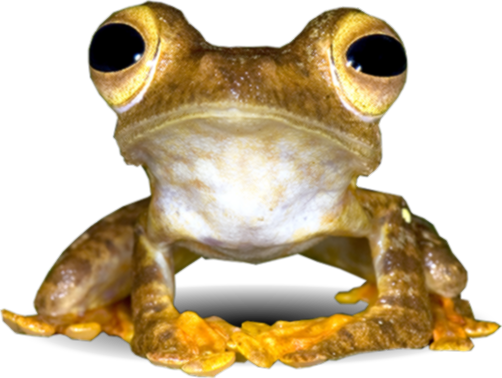A report about Geostachys tahanensis, the hyper-endemic Geostachys from Gunung Tahan, was published in the MyBIS Newletter of 16 October, 2017 (Lau, 2017). Differing from G. tahanensis, G. sericea grows in its own niche habitat at a higher elevation of over 1,700 m above sea level, inhabiting areas of damp valleys on the forest floor under shade, both along the Kuala Tahan and Merapoh trails.
Geostachys sericea is a large-sized ginger first described in 1915 by H.N. Ridley as Conamomum sericeum in his article, ‘Botany of Gunong Tahan’, published in the historical Journal of the Federated Malay States Museums (Ridley, 1915). Thirty-five years later, R.E. Holttum made a taxonomic combination in his important and still-referred-to-today monograph, ‘The Zingiberaceae of the Malay Peninsula’ (Holttum, 1950). In this monograph, Holttum placed the species into the current genus to become known as G. sericea.
The species’ leafy shoots stand at 1.7 m in height and the rhizomes are supported by stilt-roots of up to 54 cm high. The leaves themselves are up to 51 cm long and 13.5 cm wide, oblong, glabrous, with acuminate apex and cuneate base. The colour of the leaves, as is typical with other gingers, is dark green above and light green underneath. The inflorescences are erect with each flower arranged in an upward facing position around the peduncle. The flower is pale yellow in colour with fine lines radiating from the base of the labellum. The staminode is prominent with patchy red marks. The ovoid-shaped fruits are light green measuring about 1.2 × 1.1 cm and tinged very light orange upon reaching maturity.
Despite being found in the Totally Protected Area of Pahang National Park, the species is categorized as Vulnerable (VU) (Lau, 2014) following the modified Malaysian Red List Categories (Chua, 2012). This is because of the species’ restricted area of occupancy (AOO) of less than 20 km2. More detailed inventory work is needed to ascertain the distribution of this species on the popularly visited Gunung Tahan. Furthermore, until more populations are discovered beyond the well-used trails, this species remains vulnerable as the plants are at risk of being trampled or cut down unintentionally at campsites. For the time being, stronger enforcement of existing rules and regulations which prohibit the removal of any flora and fauna from the forests is needed, and higher penalties need to be imposed on guilty offenders.
